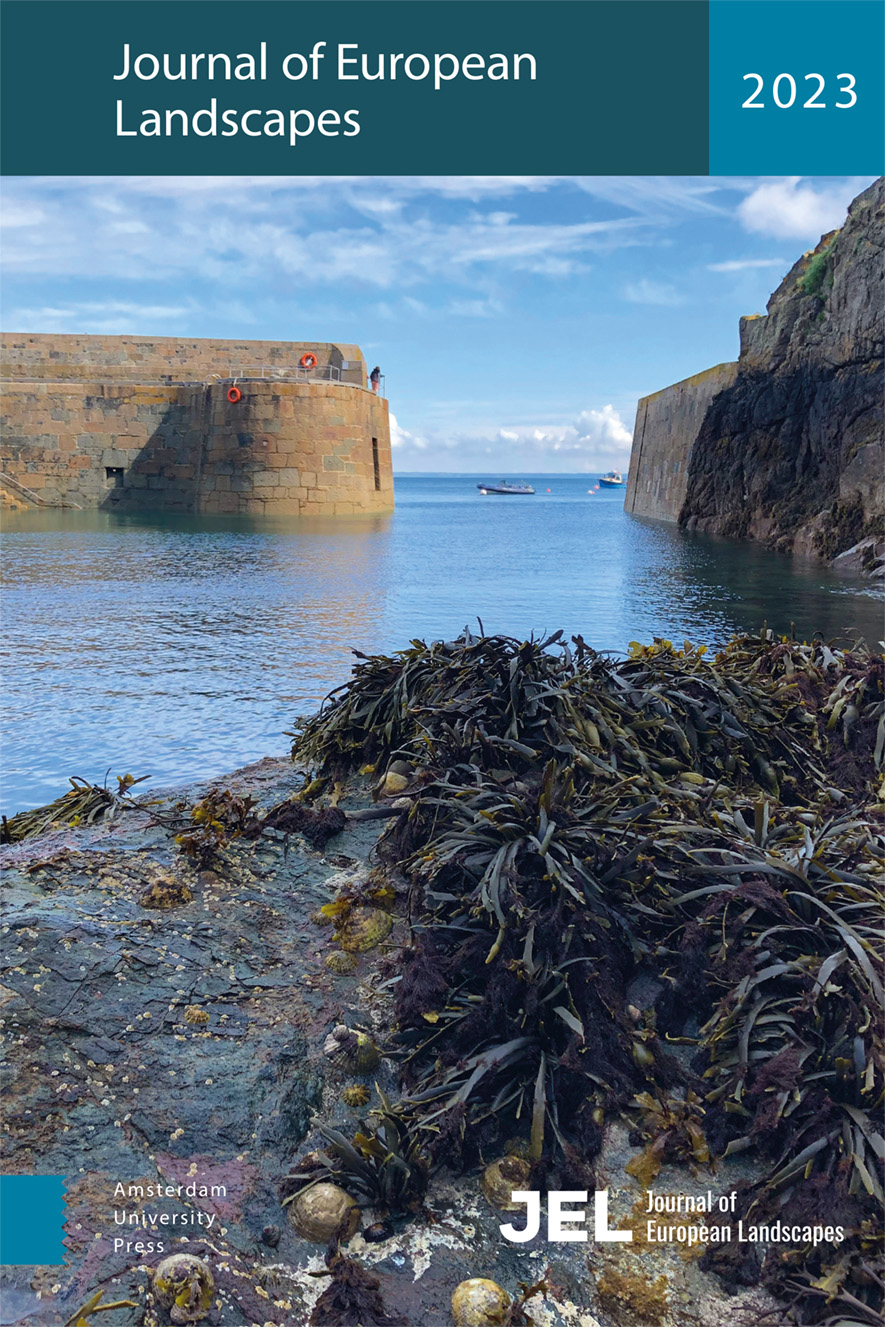-
oa The experience of common European heritage: A critical discourse analysis of tourism practices at Cultural Routes of the Council of Europe
- Amsterdam University Press
- Source: Journal of European Landscapes, Volume 3, Issue 3, Nov 2022, p. 45 - 59
-
- 01 Nov 2022
Abstract
Routes and networks with a heritage theme can be seen as alternative ways of approaching heritage, as they situate heritage sites in larger geographical and cultural contexts. The development of routes and networks can benefit places and stakeholders by attracting tourists, but in practice most routes and networks do not use their potential to become an experience-based form of tourism. In this article, seven Cultural Routes of the Council of Europe are researched to see how they connect places, present European narratives and provide tourism experiences. Critical Discourse Analysis is used to examine the use of tourism in Cultural Routes. Most Cultural Routes are networks of sites that share a theme, without being physically connected. These networks, often led by governments and heritage experts, aim at creating a pan-European identity by showing the connections between historic narratives over Europe. In this way, local narratives are placed in a European perspective to teach Europeans about their common heritage. However, despite the aim of the Cultural Routes to let visitors experience common European heritage, practical information for tourists is often missing in information sources of the Cultural Routes. In addition, it is impossible to let people experience a complete European network, so the word route can be misleading. This raises the question whether creating tourism itineraries is really one of the main goals of the Cultural Routes, or if it is more about bringing stakeholders together in a European network.


